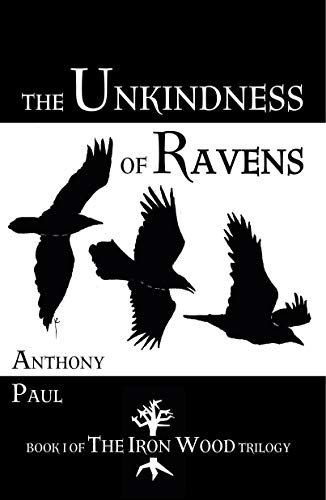Hamlet by William Shakespeare
Page 1 of 12 - 1 2 3 4 5 6 7 8 9 10 11 12 Purchase full notes for £4.95 (aprox $7.72)
Notes on Hamlet by William Shakespeare. This set of Tower Notes is 40 pages long and is sold as a fully illustrated PDF file with footnotes.
To purchase, click on the link above and enter your payment details. You may purchase using Paypal or your credit/debit card. You do not have to provide your postal address if paying by Paypal, but an email address is required as a link will be sent automatically to your email account by return. Click on the link to download the PDF file. Please note that the link will expire after 48 hours. If you have any problems with your purchase, please do not hesitate to contact the webmaster at info@towernotes.co.uk
A free sample, text only, is provided below.
Introduction: Hamlet and Death
The visual image that is most associated with the play Hamlet is of a young man holding a skull before his face and contemplating steadily the grisly reality of death and bodily decay that it represents:
An important clue to this is provided by the first printed text of Hamlet , known as the First Quarto and published (without Shakespeare’s knowledge and consent it must be assumed) in 1603. The First Quarto (Q1) is regarded by the vast majority of editors as a ‘Bad Quarto;’ in other words, one that does not have a clear provenance from Shakespeare’s manuscript, and in fact contains extraneous material which is probably the result of some form of memorial reconstruction of the play as performed. Some commentators, however, believe Q1 to be related to an early draft of the play by Shakespeare himself . For the purposes of this introduction, it is not of any great importance whether the following lines from Hamlet’s soliloquy ‘To be, or not to be’ are an early draft by Shakespeare, or, much more likely, were composed by someone padding out his or her genuine memories of the text with what would be expected by most of Shakespeare’s contemporaries in this context. The point is, rather, that, when these lines are compared with the more familiar version of this famous speech, together, the two texts illustrate very effectively a change from a ‘medieval’ view of death to a more ‘modern’ one, which still has so many resonances today. Here is Q1:
To purchase, click on the link above and enter your payment details. You may purchase using Paypal or your credit/debit card. You do not have to provide your postal address if paying by Paypal, but an email address is required as a link will be sent automatically to your email account by return. Click on the link to download the PDF file. Please note that the link will expire after 48 hours. If you have any problems with your purchase, please do not hesitate to contact the webmaster at info@towernotes.co.uk
A free sample, text only, is provided below.
Introduction: Hamlet and Death
The visual image that is most associated with the play Hamlet is of a young man holding a skull before his face and contemplating steadily the grisly reality of death and bodily decay that it represents:
Alas, poor Yorick! I knew him, Horatio, a fellow of infinite jest, of most excellent fancy…now how abhorr’d in my imagination it is! my gorge rises at it. (V.i.183-8)
The image itself is one that is rooted in medievalism, and has behind it the long, and still remembered, tradition of the memento mori . But Hamlet is also one of the first great modern plays, and there is something different about the way this text presents its reminders of death.An important clue to this is provided by the first printed text of Hamlet , known as the First Quarto and published (without Shakespeare’s knowledge and consent it must be assumed) in 1603. The First Quarto (Q1) is regarded by the vast majority of editors as a ‘Bad Quarto;’ in other words, one that does not have a clear provenance from Shakespeare’s manuscript, and in fact contains extraneous material which is probably the result of some form of memorial reconstruction of the play as performed. Some commentators, however, believe Q1 to be related to an early draft of the play by Shakespeare himself . For the purposes of this introduction, it is not of any great importance whether the following lines from Hamlet’s soliloquy ‘To be, or not to be’ are an early draft by Shakespeare, or, much more likely, were composed by someone padding out his or her genuine memories of the text with what would be expected by most of Shakespeare’s contemporaries in this context. The point is, rather, that, when these lines are compared with the more familiar version of this famous speech, together, the two texts illustrate very effectively a change from a ‘medieval’ view of death to a more ‘modern’ one, which still has so many resonances today. Here is Q1:
To be, or not to be, I there's the point,
To Die, to sleepe, is that all? I all:
No, to sleepe, to dreame, I mary there it goes,
For in that dreame of death, when wee awake,
And borne before an euerlasting Iudge,
From whence no passenger euer retur'nd,
The vndiscouered country, at whose sight
The happy smile, and the accursed damn'd.

